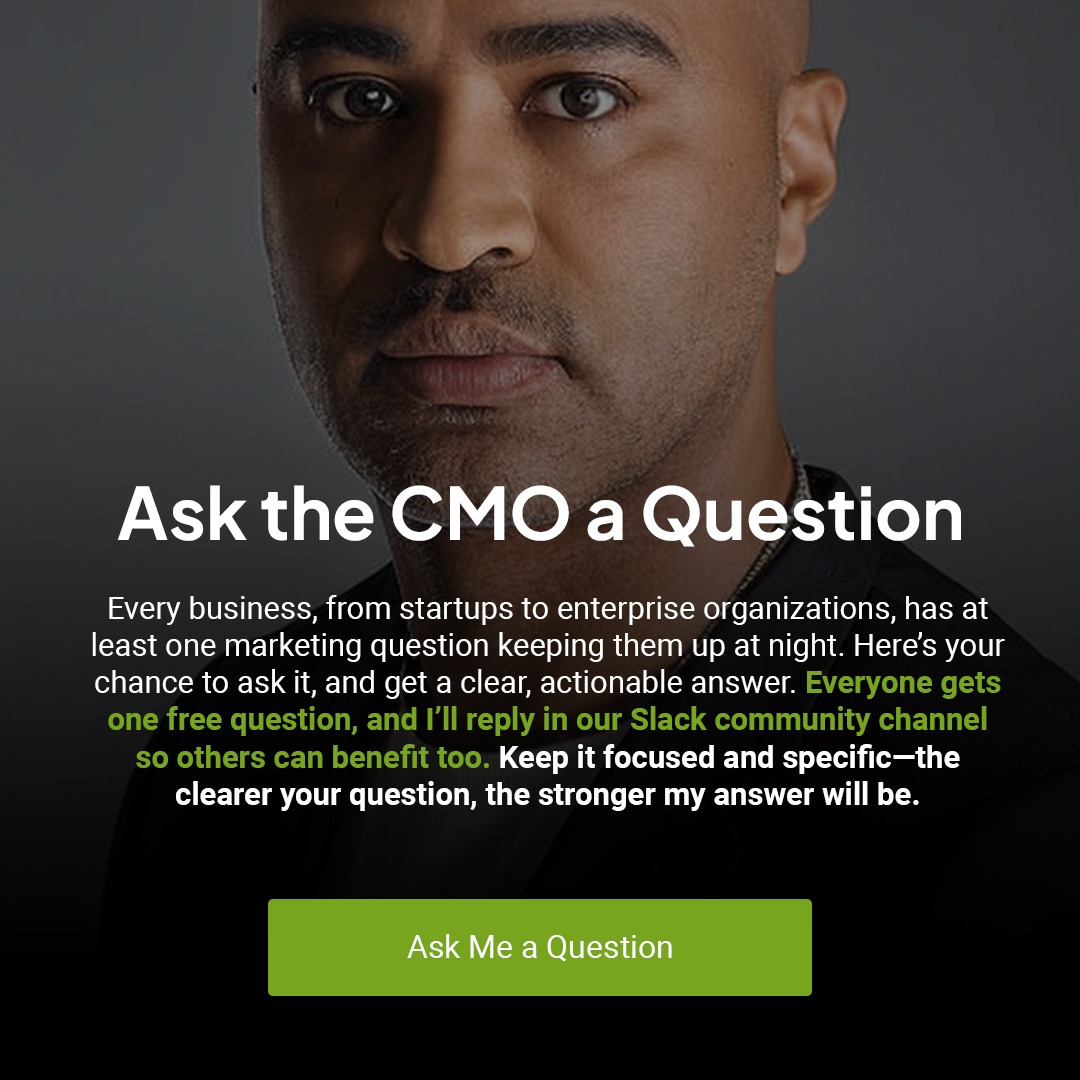Even in a budget crunch, you can still create impactful content that resonates with your audience and drives results. Here’s a look at five smart strategies to make the most of your content marketing efforts when resources are limited.
1. Double Down on What Works
When budgets tighten, scattershot strategies don’t cut it. Instead, focus on the formats and topics that yield real results. Use data to determine which content pieces have consistently driven traffic, engagement, or conversions, then update and repurpose those high-performing pieces.
Here’s how to make data-driven decisions work for your budget:
- Analyze top-converting formats and topics to refine your focus.
- Segment your audience and tailor content to each group’s specific interests.
- Implement historical optimization by revisiting and refreshing older, successful content.
Key Takeaway: With limited resources, focus your efforts on proven winners. Regularly revisit metrics, and remember that quality, targeted content is more valuable than sheer quantity.
2. Make Every Piece Work Overtime
Gone are the days of “one-and-done” content. Today, every piece should serve multiple purposes across various platforms. Instead of churning out new content, turn substantial pieces into multiple assets to amplify reach and save costs. Begin with a cornerstone piece, like an in-depth report or guide, and plan its adaptations in advance.
Multiplication Ideas:
- Break key findings into a webinar series or short videos.
- Repurpose insights into LinkedIn posts by executives.
- Use major data points to create infographics.
- Develop a nurture email sequence from the main piece.
- Pitch guest posts based on your insights to industry sites.
Key Takeaway: By atomizing content upfront, you can maximize each piece’s value without exhausting your budget. Pre-plan how each asset will fit into your marketing landscape to keep engagement high.
3. Embrace AI (Without Losing Your Human Touch)
With artificial intelligence (AI), you can boost content production while maintaining quality and authenticity. Think of AI as a powerful assistant that handles initial tasks—like research, outlines, or A/B testing—while leaving room for your personal insights and brand voice.
Here’s how to incorporate AI without losing that human touch:
- Use AI tools for summarizing interviews and drafting outlines.
- Fact-check and add original insights to ensure credibility.
- Enhance brand alignment by infusing a unique voice in every piece.
- Test AI-suggested email subject lines to see what resonates.
Key Takeaway: AI should complement—not replace—your team. When you leverage AI for repetitive tasks and add strategic human oversight, you get a cost-effective hybrid approach that doesn’t compromise quality.
4. Build a Content Moat
In content marketing, building a “moat” means creating valuable, evergreen assets that elevate your brand above competitors and rank well over time. Cornerstone content, like industry guides or original research, can serve as durable pillars that draw traffic month after month.
Moat-Building Tactics:
- Write cornerstone blog posts (3,000+ words) on industry-critical topics.
- Create original research reports that showcase your thought leadership.
- Develop resources like how-to guides, case study libraries, and templates.
- Update content periodically to keep it relevant and visible in search results.
Key Takeaway: Focus on high-value, evergreen assets that stand the test of time. These “moat” pieces should address perennial pain points, making your content indispensable to readers and helping your site retain strong search rankings.
5. Get Smarter About Distribution
Great content doesn’t work if it’s sitting in a digital corner. When budgets are limited, think like a media company and plan your distribution before creating content. Map out your audience’s journey, research where your competitors have traction, and plan distribution methods across all relevant channels.
Pre-Creation Distribution Planning:
- Identify your audience’s preferred platforms and customize hooks for each.
- Craft shareable sections and include quotable stats for easy distribution.
- Use modular sections in content that can be repurposed on various channels.
Post-Publishing Tips:
- Leverage internal networks for organic reach.
- Time your posts based on channel insights to maximize engagement.
- Track each channel’s effectiveness and note where your audience engages most.
Key Takeaway: Build a distribution-first mindset. Create content with its potential reach in mind, then strategically post to platforms where your audience spends their time.
Conclusion: Quality, Strategy, and Data-Driven Decisions Rule
Budget cuts don’t have to kill your content marketing. By focusing on high-impact strategies, smart content repurposing, AI-enhanced productivity, and well-planned distribution, you can stay ahead without overspending. When times are lean, it’s quality over quantity, data over guesswork, and strategy over tradition. Embrace these lean marketing strategies, and you’ll show that a small budget can still make a big impact.
Keep Reading
Want more? Here are some other blog posts you might be interested in.
Confusing a launch plan with a GTM strategy is one of the fastest ways to stall growth. A launch plan gets ...
On Monday, October 20, 2025, Amazon Web Services experienced a major incident centered in its US-EAST-1 region. The problem began in ...
There is a certain kind of account that arrives wrapped in urgency and praise. They hire you because you are the ...
For founders and growing companies
Get all the tips, stories and resources you didn’t know you needed – straight to your email!




